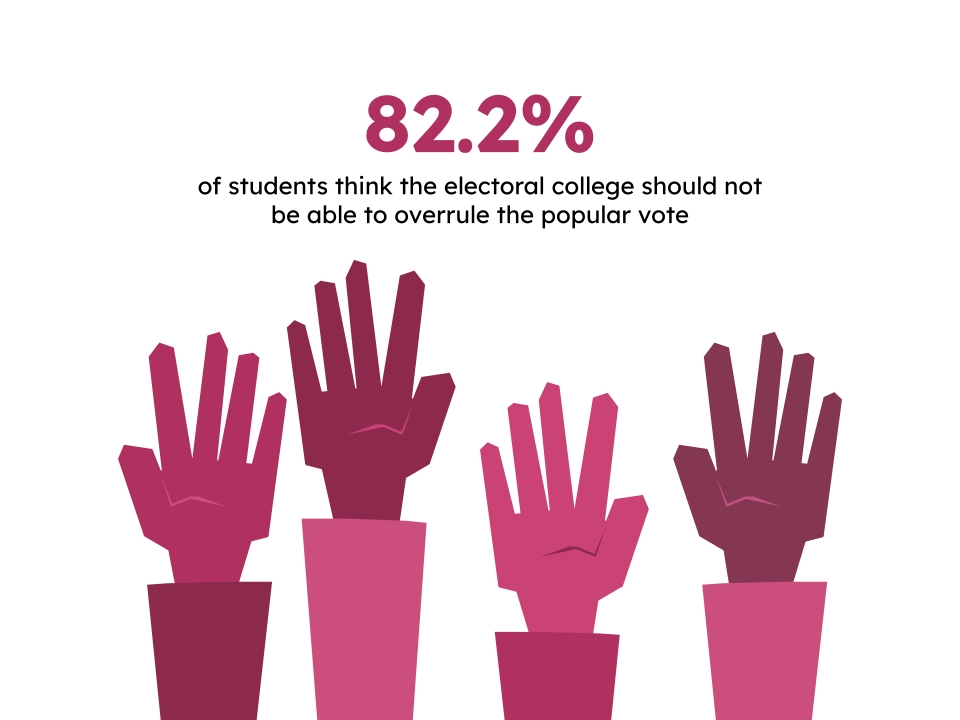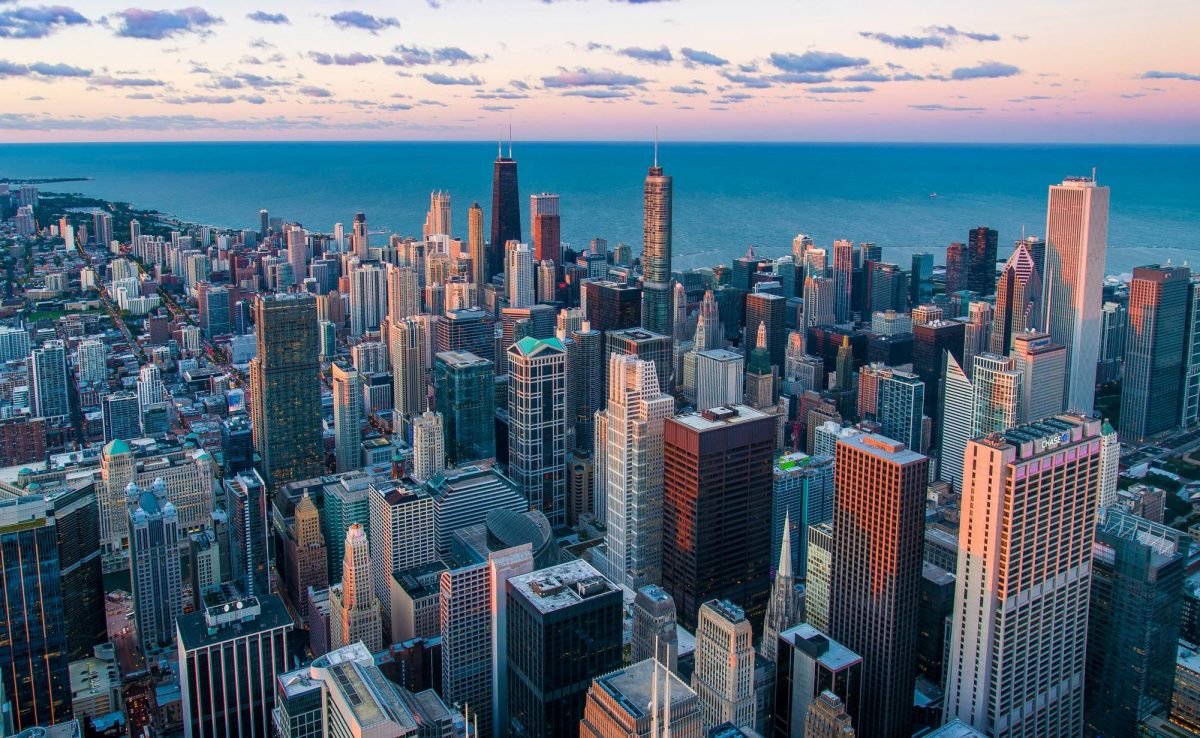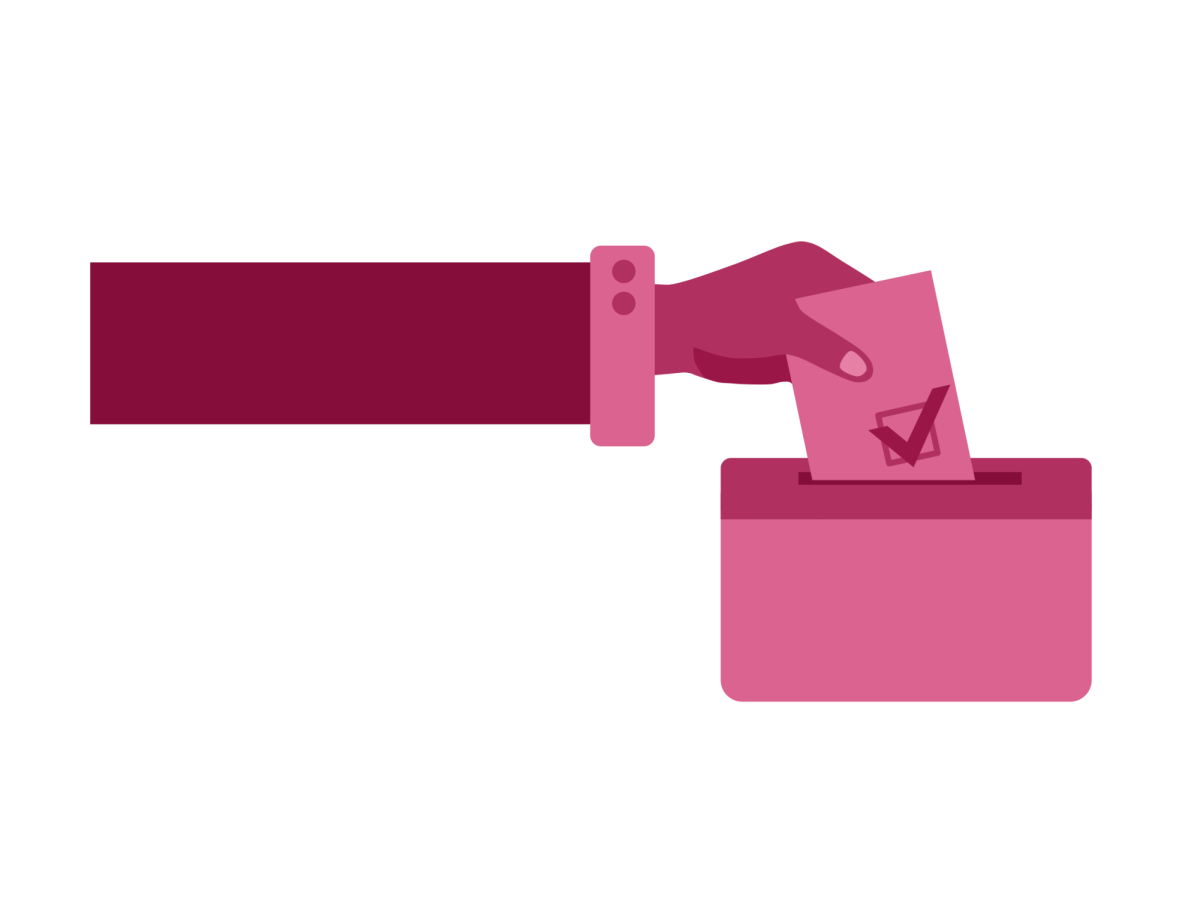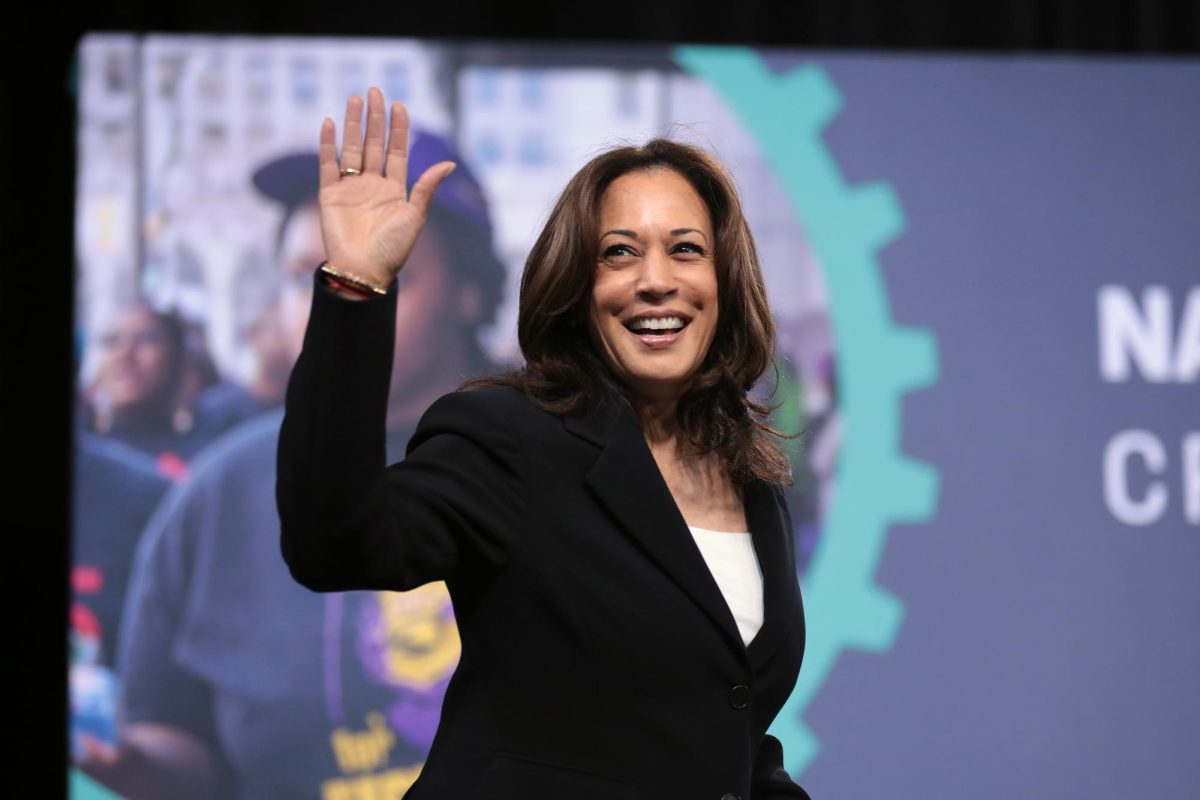As of April 2024, seventeen states and the District of Columbia have signed the National Popular Vote Interstate Compact, an agreement that binds a state to award all their electoral votes to whichever candidate wins the popular vote in that state. This growing movement follows a general trend within U.S. policies against the Electoral College.
The Electoral College is composed of 538 presidential electors appointed by each state and the District of Columbia. Each state is given a different number of electors, equal to the sum of that state’s number of House of Representative and Senate members. This number can vary, with states such as California represented by 50 electors while others like Wyoming hold just three.
To be elected, a presidential candidate must procure a simple majority of 270 votes. If a simple majority is not met, both the House and the Senate hold separate elections, determining the president and vice president, respectively.
The Electoral College was formed in Article II of the Constitution, initially proposed as a compromise between direct popular vote and election by Congress. However, many find the college outdated and an obstruction to democracy. President of the League for Women Voters Kay Maxwell believes the Electoral College diminishes U.S. democracy.
“The current system violates the one-person, one-vote rule. It’s essential to representative government to get it changed,” said Maxwell in an interview with The Philadelphia Inquirer.
France, Argentina and Brazil have all previously utilized Electoral Colleges in their voting systems and have since dissolved them. Within the legislative branch, there are more proposals in support of changing the Electoral College than on any other subject, with over 700 amendments proposed to reform or eliminate the college.
Discussions related to abolishment have only increased since the 2016 election when the Electoral College elected Donald Trump president against popular vote. This wouldn’t be the first time, as the College had appointed against popular vote in the 1824, 1876, 1888 and 2000 elections as well.
Many scholars, legal associations and citizens find the college’s ability to overturn popular vote undemocratic. When a voter selects a candidate but their state’s electors choose differently, it may lead to feelings of disenfranchisement and potentially reduce voter turnout and political engagement.
Issues concerning the college’s influence on election results continue to spark debate, such as the imbalance between swing and decided states. Presidential campaigning often prioritizes a handful of states and neglects voters in states that are considered “safely” in support of one party. Critics of the Electoral College claim that this causes candidates to disproportionately concentrate their policies on regional issues. This is compounded by the system of distributing electors, guaranteeing each state three votes regardless of population. Robert Alexander, founder of the Institute for Civics and Public Policy at Ohio Northern University, argues that the college incentivizes lopsided campaign efforts.
In an opinion piece published by CNN, Alexander writes “In 2016, 94% of all campaigning took place in just 12 states and two-thirds of the events took place in just six states. More than half of all states did not have one campaign event in 2016 after the national party conventions. No candidate stepped foot in any state with just 3 electoral votes, undermining the argument that the Electoral College forces candidates to run national campaigns.”
Those in favor of the Electoral College claim this mitigates the risk of highly populated urban areas overpowering rural interests. On the other hand, dissenters of the college claim that this gives undue favor to smaller states, giving a greater voice relative to their population. In 2004, the New York Times published an editorial highlighting the faults within the Electoral College.
“The majority does not rule and every vote is not equal – those are reasons enough for scrapping the system. But there are other consequences as well. This election has been making clear how the Electoral College distorts presidential campaigns. A few swing states take on oversized importance, leading the candidates to focus their attention, money and promises on a small slice of the electorate.”









